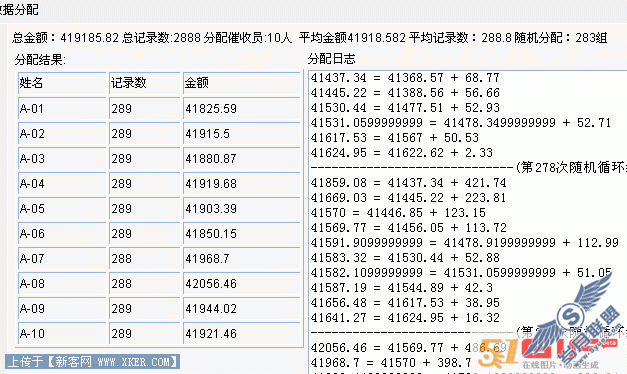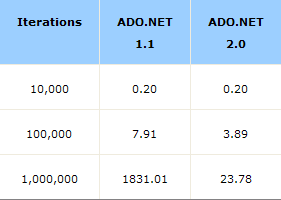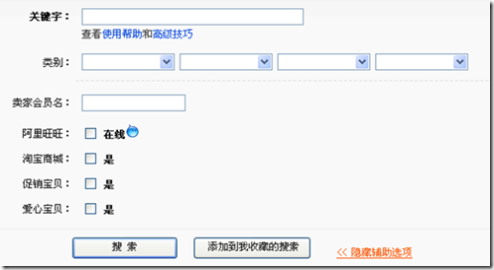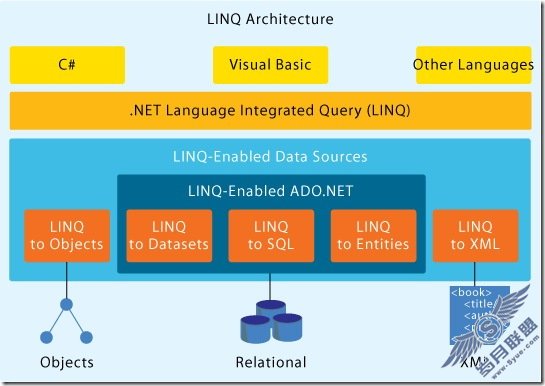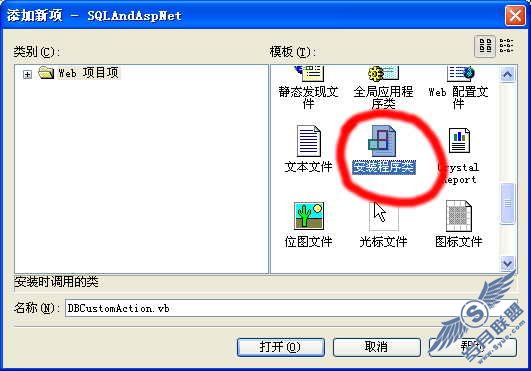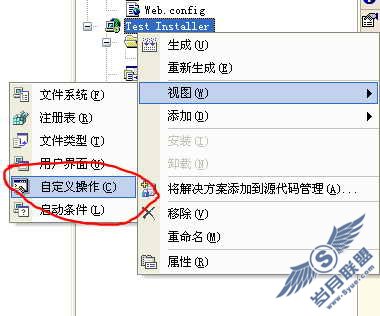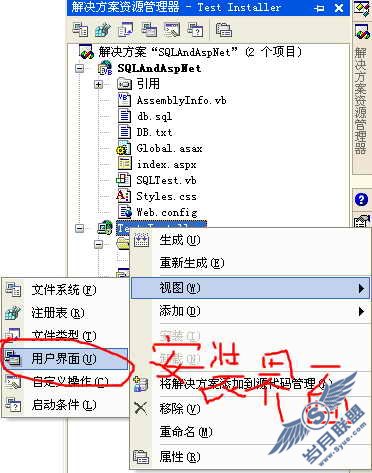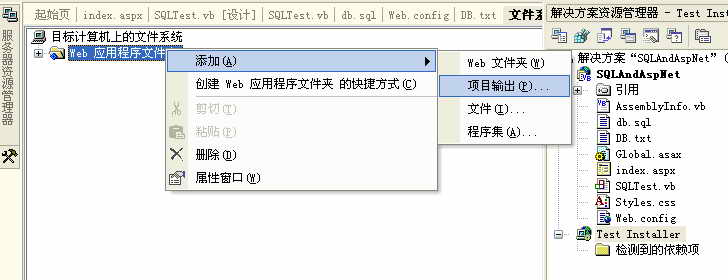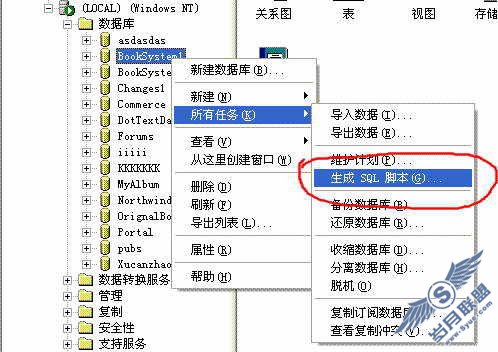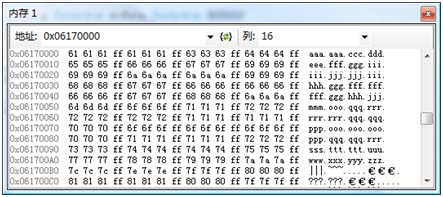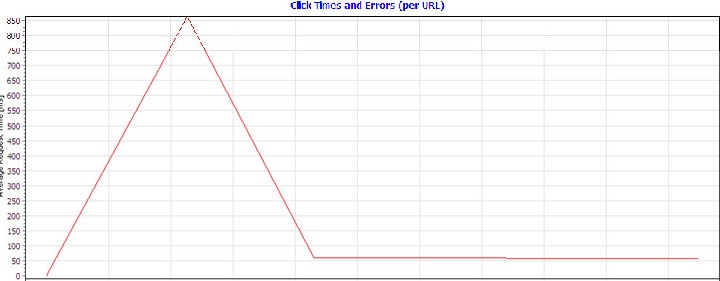asp.net MVc 数据验证
asp.net mvc 之asp.net mvc 3.0 新特性之Model:
通过Data Annotations 与jQuery 的结合实现服务端和客户端的双重验证
双重验证中,使客户端实现远程的异步验证
自定义Data Annotations 与jQuery,以实现自定义的双重验证
示例
1、Model 中通过Data Annotations 与jQuery 的结合实现服务端和客户端的双重验证
Web.config
<configuration>
<!--
要实现服务端和客户端的双重验证,需要做如下配置,因为双重验证中的客户端验证需要依赖此配置
-->
<appSettings>
<add key="ClientValidationEnabled" value="true"/>
<add key="UnobtrusiveJavaScriptEnabled" value="true"/>
</appSettings>
</configuration>
User.cs
/*
* 在asp.net mvc 3.0 中支持通过Data Annotations 来实现服务端和客户端的双重验证,需要jQuery 的支持
* 所有Data Annotations 相关的Attribute 直接用类视图看System.ComponentModel.DataAnnotations 就行了,详细说明以前写过好多遍了,这里就不重复了
* 另外System.Web.Mvc 下有一些新增的Data Annotations
*/
using System;
using System.Collections.Generic;
using System.Linq;
using System.Web;
using System.ComponentModel;
using System.ComponentModel.DataAnnotations;
using System.Web.Mvc;
namespace MVC30.Models
{
public class User
{
public int ID { get; set; }
[DisplayName("名字")]
[Required(ErrorMessage = "名字不能为空")]
public string Name { get; set; }
[DisplayName("密码")]
[Required(ErrorMessage = "密码不能为空")]
public string Password { get; set; }
[DisplayName("确认密码")]
[Required(ErrorMessage = "确认密码不能为空")]
[Compare("Password", ErrorMessage="两次密码输入不一致")]
public string ConfirmPassword { get; set; }
public DateTime DateOfBirth { get; set; }
// 请求时,允许此字段包含HTML 标记
[AllowHtml]
public string Comment { get; set; }
}
}
ValidationDemoController.cs
using System;
using System.Collections.Generic;
using System.Linq;
using System.Web;
using System.Web.Mvc;
using MVC30.Models;
namespace MVC30.Controllers
{
public class ValidationDemoController : Controller
{
// 用于演示通过Data Annotations 实现服务端和客户端的双重验证
public ActionResult Validation_DataAnnotations()
{
var user = new User { ID = 1, Name = "webabcd", DateOfBirth = new DateTime(1980, 2, 14), Comment = "<b>mvp</b>" };
return View(new User());
}
[HttpPost]
public ActionResult Validation_DataAnnotations(User user)
{
return View(user);
}
}
}
Validation_DataAnnotations.cshtml
@model MVC30.Models.User
@{
ViewBag.Title = "Validation_DataAnnotations";
}
<h2>ClientValidation</h2>
<!--
通过jQuery 实现客户端验证的逻辑,需要引用此js
-->
<script src="@Url.Content("~/Scripts/jquery.validate.min.js")" type="text/javascript"></script>
<!--
服务端验证与客户端验证的一一对应需要引用此js
-->
<script src="@Url.Content("~/Scripts/jquery.validate.unobtrusive.min.js")" type="text/javascript"></script>
@*
在MVC3 中实现客户端验证,不需要添加以下代码
@{ Html.EnableClientValidation(); }
*@
@using (Html.BeginForm())
{
<fieldset>
<legend>User</legend>
<div class="editor-label">
@Html.LabelFor(model => model.Name)
(测试方法:空着文本框,然后提交)
</div>
<div class="editor-field">
@Html.EditorFor(model => model.Name)
@Html.ValidationMessageFor(model => model.Name)
</div>
<p>
<input type="submit" value="Create" />
</p>
</fieldset>
}
2、Model 中通过Data Annotations 与jQuery 的结合实现服务端和客户端的双重验证,其中客户端可以实现远程的异步验证
User.cs
/*
* System.Web.Mvc.Remote(string action, string controller) - 让客户端可以通过ajax 的方式远程验证
* action - 实现验证逻辑的action,即处理客户端的异步请求的action
* controller - 实现验证逻辑的controller,即处理客户端的异步请求的controller
*/
using System;
using System.Collections.Generic;
using System.Linq;
using System.Web;
using System.ComponentModel;
using System.ComponentModel.DataAnnotations;
using System.Web.Mvc;
namespace MVC30.Models
{
public class User
{
public int ID { get; set; }
[DisplayName("名字")]
[Required(ErrorMessage = "名字不能为空")]
[Remote("CheckUserNameExists", "ValidationDemo", ErrorMessage = "名字已存在")]
public string Name { get; set; }
[DisplayName("密码")]
[Required(ErrorMessage = "密码不能为空")]
public string Password { get; set; }
[DisplayName("确认密码")]
[Required(ErrorMessage = "确认密码不能为空")]
[Compare("Password", ErrorMessage="两次密码输入不一致")]
public string ConfirmPassword { get; set; }
public DateTime DateOfBirth { get; set; }
// 请求时,允许此字段包含HTML 标记
[AllowHtml]
public string Comment { get; set; }
}
}
ValidationDemoController.cs
using System;
using System.Collections.Generic;
using System.Linq;
using System.Web;
using System.Web.Mvc;
using MVC30.Models;
namespace MVC30.Controllers
{
public class ValidationDemoController : Controller
{
// 用于演示客户端的远程ajax 异步验证
public ActionResult Validation_Remote()
{
var user = new User { ID = 1, Name = "webabcd", DateOfBirth = new DateTime(1980, 2, 14), Comment = "<b>mvp</b>" };
return View(new User());
}
[HttpPost]
public ActionResult Validation_Remote(User user)
{
return View(user);
}
// 用于处理客户端的异步请求,测试时请使用字符串“webabcd”
[HttpGet]
public ActionResult CheckUserNameExists(string name)
{
return Json(name != "webabcd", JsonRequestBehavior.AllowGet);
}
}
}
Validation_Remote.cshtml
@model MVC30.Models.User
@{
ViewBag.Title = "Validation_Remote";
}
<h2>ClientValidation</h2>
<script src="@Url.Content("~/Scripts/jquery.validate.min.js")" type="text/javascript"></script>
<script src="@Url.Content("~/Scripts/jquery.validate.unobtrusive.min.js")" type="text/javascript"></script>
@using (Html.BeginForm())
{
<fieldset>
<legend>User</legend>
<div class="editor-label">
@Html.LabelFor(model => model.Name)
(测试方法:在文本框中输入“webabcd”)
</div>
<div class="editor-field">
@Html.EditorFor(model => model.Name)
@Html.ValidationMessageFor(model => model.Name)
</div>
<p>
<input type="submit" value="Create" />
</p>
</fieldset>
}
3、Model 中使用更多的Data Annotations 以及实现自定义的Data Annotations 和自定义jQuery 的相关逻辑
User.cs
/*
* 如何使用更多的Data Annotation
* 1、在“Tools”中选择“Extension Manager”(安装NuGet 后会有此选项)
* 2、搜索“DataAnnotationsExtensions”,然后安装“DataAnnotationsExtensions.MVC3”项目
* 3、之后就可以使用此项目所支持的多个新的Data Annotation
* 如何自定义Data Annotation
* 详见:IntegerAttribute.cs
*/
using System;
using System.Collections.Generic;
using System.Linq;
using System.Web;
using System.ComponentModel;
using System.ComponentModel.DataAnnotations;
using System.Web.Mvc;
namespace MVC30.Models
{
public class User
{
public int ID { get; set; }
[DisplayName("名字")]
[Required(ErrorMessage = "名字不能为空")]
[Remote("CheckUserNameExists", "ValidationDemo", ErrorMessage = "名字已存在")]
public string Name { get; set; }
[DisplayName("密码")]
[Required(ErrorMessage = "密码不能为空")]
[Integer(ErrorMessage = "密码必须是整型")]
public string Password { get; set; }
[DisplayName("确认密码")]
[Required(ErrorMessage = "确认密码不能为空")]
[Compare("Password", ErrorMessage="两次密码输入不一致")]
public string ConfirmPassword { get; set; }
public DateTime DateOfBirth { get; set; }
// 请求时,允许此字段包含HTML 标记
[AllowHtml]
public string Comment { get; set; }
}
}
IntegerAttribute.cs
/*
* 自定义Data Annotation,以实现与jQuery 结合的客户端和服务端双重验证
*/
using System;
using System.Collections.Generic;
using System.Linq;
using System.Web;
using System.ComponentModel.DataAnnotations;
using System.Text.RegularExpressions;
using System.Web.Mvc;
namespace MVC30.Models
{
// 继承ValidationAttribute 抽象类,重写IsValid() 方法,以实现服务端验证
// 实现IClientValidatable 接口的GetClientValidationRules() 方法,以实现客户端验证
public class IntegerAttribute : ValidationAttribute, IClientValidatable
{
// 服务端验证逻辑,判断输入是否为整型
public override bool IsValid(object value)
{
var number = Convert.ToString(value);
return Regex.IsMatch(number, @"^[0-9]+$");
}
// 客户端验证逻辑,需要结合客户端验证代码,详见Validation_Custom.cshtml 文件
public IEnumerable<ModelClientValidationRule> GetClientValidationRules(ModelMetadata metadata, ControllerContext context)
{
var rule = new ModelClientValidationRule
{
ErrorMessage = this.ErrorMessage,
// ValidationType - 指定一个key(字符串),该key 用于关联服务端验证逻辑与客户端验证逻辑。注:这个key 必须都是由小写字母组成
ValidationType = "isinteger"
};
// 向客户端验证代码传递参数
rule.ValidationParameters.Add("param1", "value1");
rule.ValidationParameters.Add("param2", "value2");
yield return rule;
}
}
}
ValidationDemoController.cs
using System;
using System.Collections.Generic;
using System.Linq;
using System.Web;
using System.Web.Mvc;
using MVC30.Models;
namespace MVC30.Controllers
{
public class ValidationDemoController : Controller
{
// 用于演示如何使用更多的Data Annotations 来实现服务端和客户端的双重验证,以及如何自定义Data Annotations 来实现服务端和客户端的双重验证
public ActionResult Validation_Custom()
{
var user = new User { ID = 1, Name = "webabcd", DateOfBirth = new DateTime(1980, 2, 14), Comment = "<b>mvp</b>" };
return View(new User());
}
[HttpPost]
public ActionResult Validation_Custom(User user)
{
return View(user);
}
}
}
Validation_Custom.cshtml
@model MVC30.Models.User
@{
ViewBag.Title = "ClientValidation";
}
<h2>ClientValidation</h2>
<script src="@Url.Content("~/Scripts/jquery.validate.min.js")" type="text/javascript"></script>
<script src="@Url.Content("~/Scripts/jquery.validate.unobtrusive.min.js")" type="text/javascript"></script>
<script type="text/javascript">
// 客户端验证逻辑,判断输入是否为整型
jQuery.validator.addMethod(
'checkInteger',
function (value, element) {
var reg = new RegExp("^[0-9]+$");
return (reg.test(value));
}
);
// 将客户端验证逻辑通过ValidationType 与服务端的相关验证逻辑结合起来
jQuery.validator.unobtrusive.adapters.add(
'isinteger', // ValidationType,必须全为小写
['param1', 'param2'], // 接收ModelClientValidationRule 中的参数信息
function (options) {
options.rules['checkInteger'] = true; // 启用名为checkInteger 的客户端验证逻辑
options.messages['checkInteger'] = options.message; // 发生验证错误后的显示信息
var param1 = options.params.param1; // ModelClientValidationRule 中的参数信息
var param2 = options.params.param2; // ModelClientValidationRule 中的参数信息
alert(param1 + " " + param2);
}
);
</script>
@using (Html.BeginForm())
{
<fieldset>
<legend>User</legend>
<div class="editor-label">
@Html.LabelFor(model => model.Name)
</div>
<div class="editor-field">
@Html.EditorFor(model => model.Name)
@Html.ValidationMessageFor(model => model.Name)
</div>
<div class="editor-label">
@Html.LabelFor(model => model.Password)
(测试方法:在文本框中输入非整型的字符串)
</div>
<div class="editor-field">
@Html.EditorFor(model => model.Password)
@Html.ValidationMessageFor(model => model.Password)
</div>
<p>
<input type="submit" value="Create" />
</p>
</fieldset>
}
